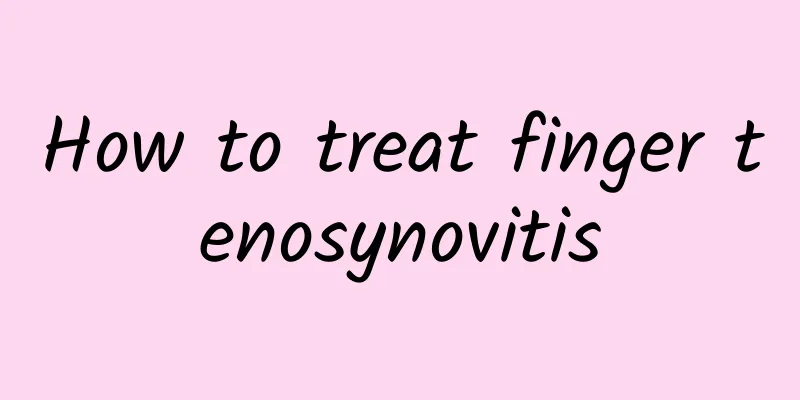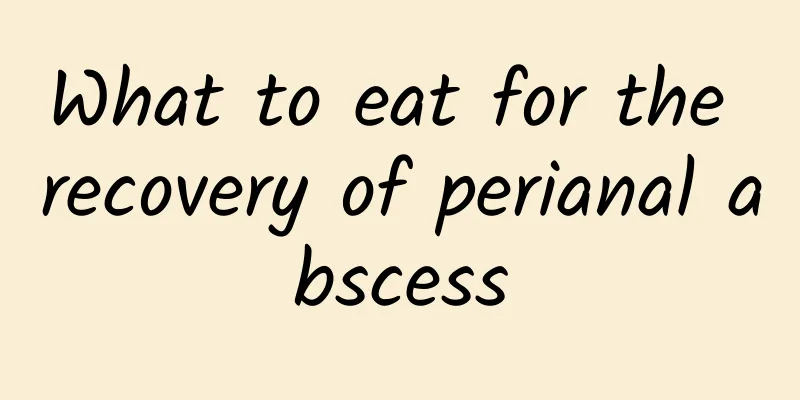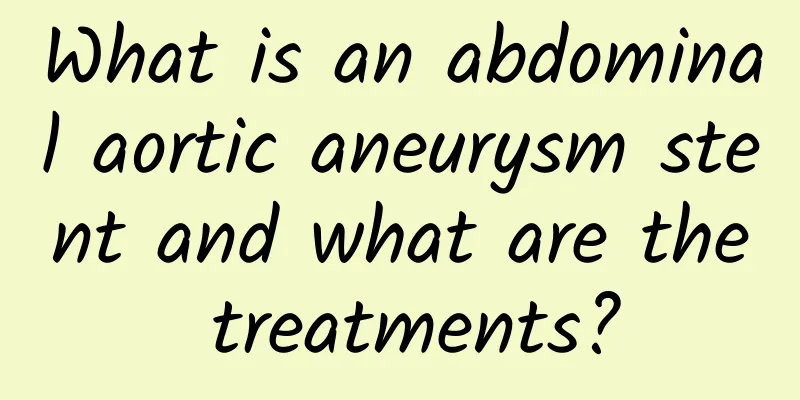How to treat finger tenosynovitis

|
The treatment of finger tenosynovitis mainly depends on the severity of the disease. Conservative treatment, drug intervention or surgery when necessary can be selected. In daily life, symptoms can also be relieved by adjusting lifestyle habits and physical therapy. 1Conservative treatment Patients with mild tenosynovitis can relieve the condition by resting, avoiding symptom-inducing movements, and applying heat. Minimizing repetitive movements such as frequent grasping, long-term use of mobile phones or typing on computers can give the hand joints and tendons sufficient recovery time. You can choose to wear protective gear or a bracket to fix the affected area to avoid further tendon friction. 2. Drug treatment Drug intervention can effectively relieve pain and inflammation. Common treatment drugs include nonsteroidal anti-inflammatory drugs such as ibuprofen or naproxen, which are used to relieve local redness, swelling and pain. If the symptoms are severe, you can also ask your doctor to inject local glucocorticoids, such as triamcinolone or dexamethasone, to quickly relieve inflammation. However, it should be noted that glucocorticoid injections should not be frequent, so as not to affect the normal structure and function of the tendon. 3Physical therapy and rehabilitation training Physical therapy is one of the important ways to treat tenosynovitis. For example, ultrasound therapy, shock wave therapy, and alternating cold and hot compresses can help reduce inflammation and promote healing of the tendon. Appropriate rehabilitation training, such as gripping a training ball or relaxing stretching, can also effectively relieve symptoms. However, training should be gradual to avoid aggravating the injury. 4Surgery If conservative treatment and drug intervention are ineffective and the symptoms of tenosynovitis are not relieved for a long time, surgery may be needed to relieve the stenosis and compression of the tendon sheath. Specific methods include tenotomy or release, which are generally simple to operate and recover quickly, but regular follow-up is required after surgery to gradually restore hand function. Although finger tenosynovitis is common, it should not be ignored. Seeking medical treatment is the most scientific choice. Usually, you should pay attention to the combination of work and rest and develop good living habits. Once symptoms of pain or limited movement occur, you should diagnose and treat it as soon as possible to avoid worsening inflammation and damaging your normal life. |
<<: Are kidney stones harmful to the human body?
>>: How long does it take for a person with complex congenital heart disease to live?
Recommend
Precursor of cerebral aneurysm
Some patients may experience oculomotor nerve par...
What are the symptoms of intestinal obstruction?
The symptoms of a bowel obstruction are often qui...
Do most people have lung nodules?
Most people don't have lung nodules, but they...
How to treat knee bone spurs and walking pain?
Pain from walking caused by knee bone spurs can b...
Ischemic symptoms of intracranial aneurysms
Ischemic symptoms of intracranial aneurysms are u...
How to relieve gallstone symptoms
Gallstone symptoms often require professional med...
Is breast cyst serious during lactation?
Breast cysts during lactation are generally not s...
Is right breast cyst grade 2 serious?
A grade 2 breast cyst on the right side is genera...
What are the symptoms of intestinal obstruction in newborns?
Symptoms of neonatal intestinal obstruction inclu...
Symptoms of Methylmalonic Aciduria
Methylmalonic aciduria, the name sounds a bit com...
Diet for patients with fractures
In daily life, fractures are easy to occur if you...
Can I apply hot compress every day when I have breast nodules?
It is not recommended to apply hot compresses to ...
How to check for paralytic ileus
Examination of paralytic ileus is usually perform...
Is it easy to treat a hemangioma on a newborn baby's leg?
Hemangiomas on the legs of newborn babies are gen...
Is a ruptured aneurysm serious? Is there any treatment?
If you have an aneurysm, it is best to relieve it...









